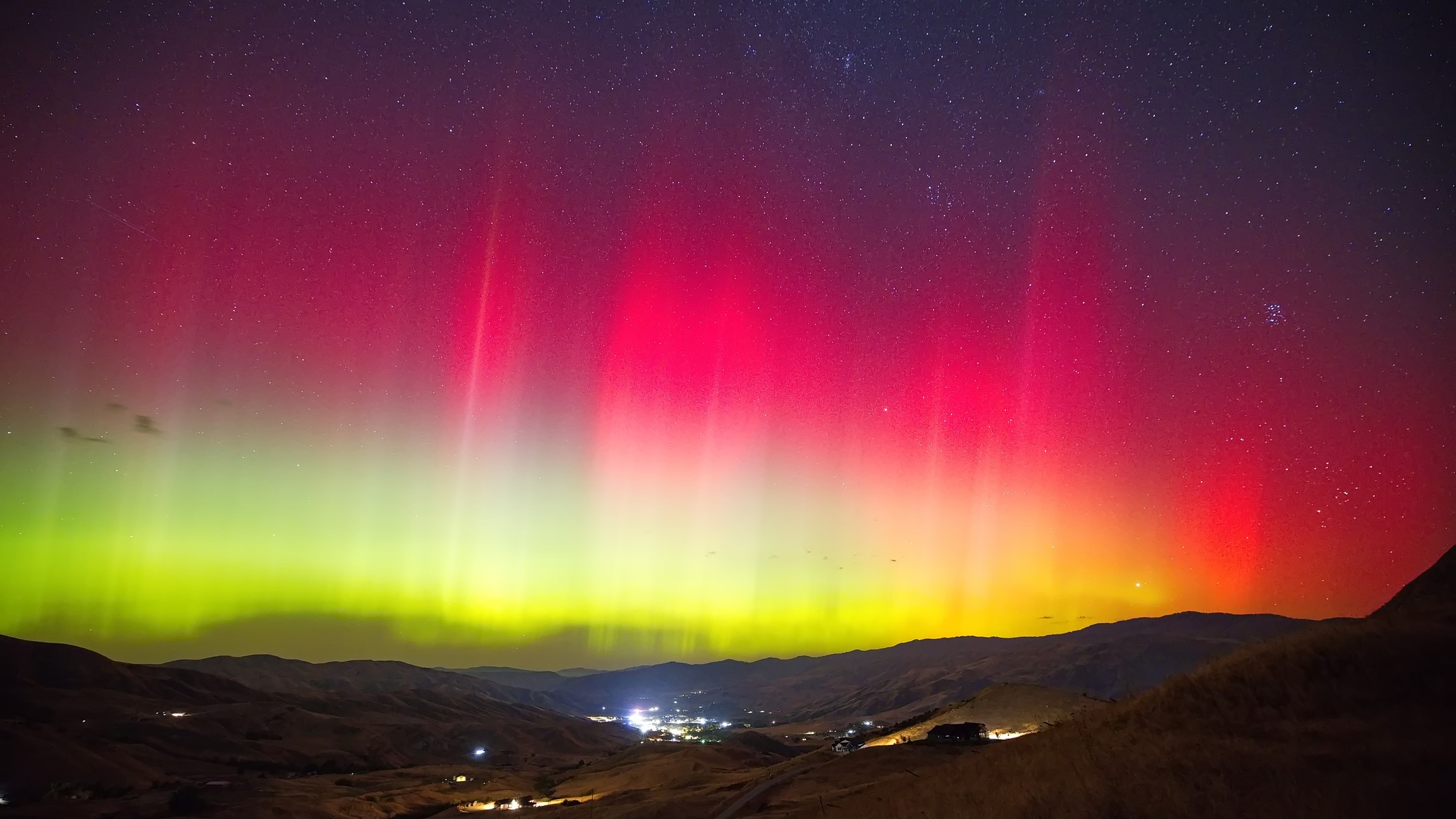Stargazing
Explore Stargazing
Latest about Stargazing
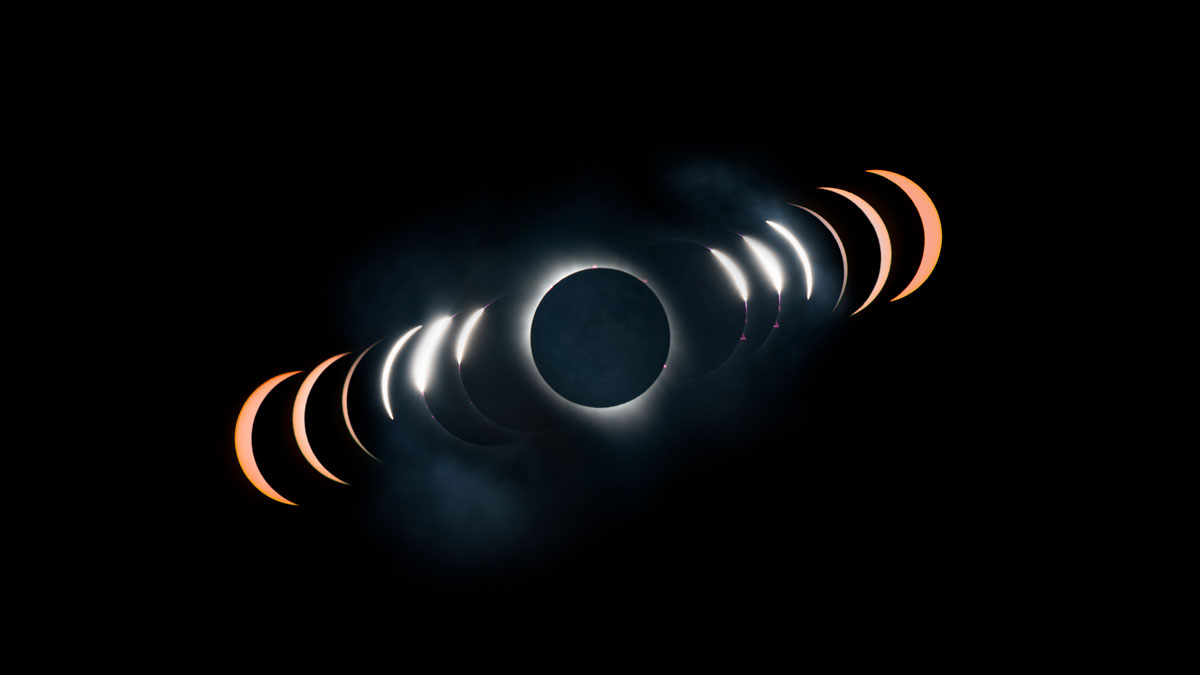
How to photograph a solar eclipse
By Josh Dury last updated
Reference Astrophotographer Josh Dury gives his best tips for photographing a solar eclipse.
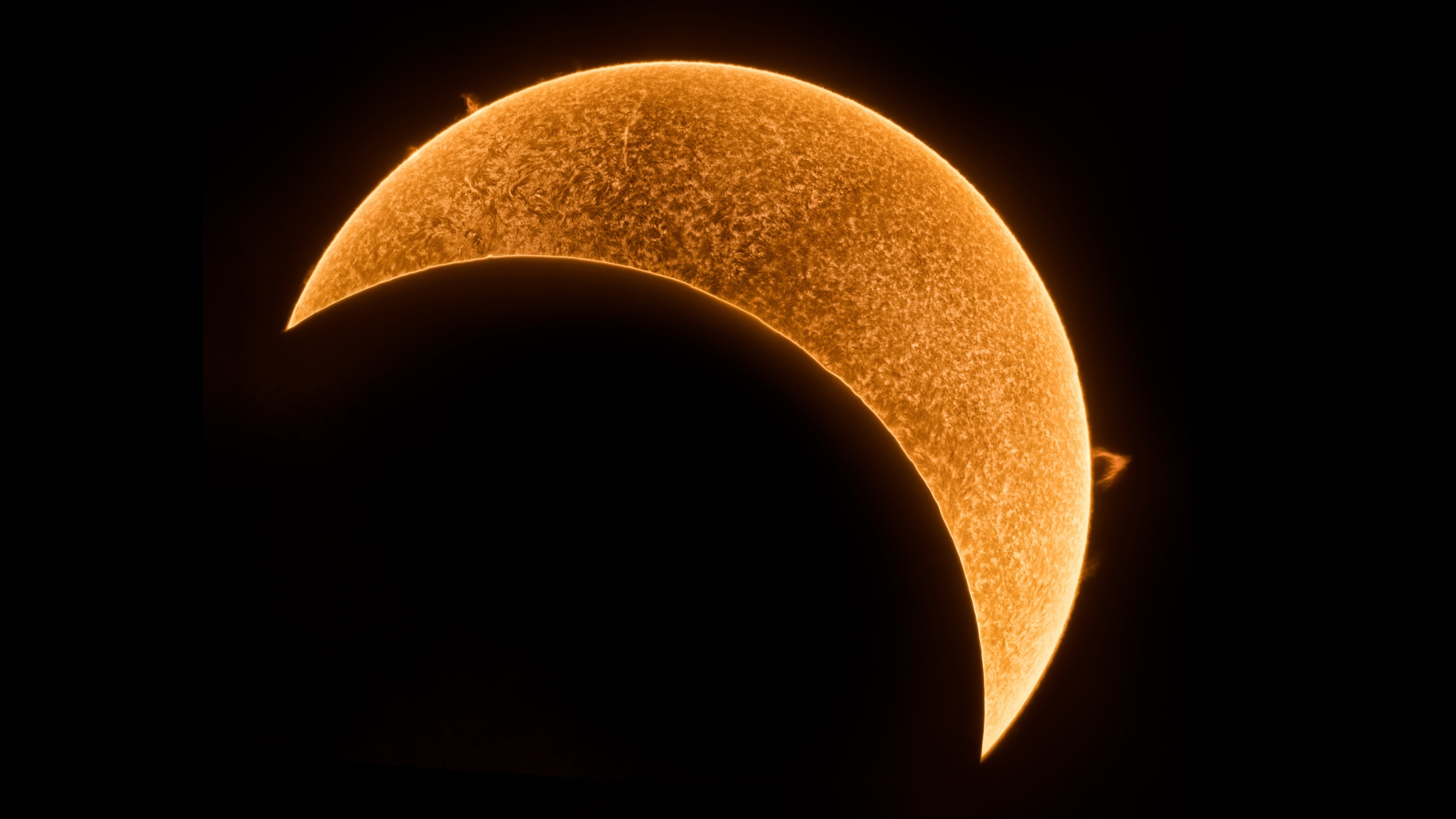
What will happen during the partial solar eclipse tomorrow?
By Joe Rao last updated
Observers across eastern North America and much of Europe will have front-row seats to the striking partial solar eclipse on March 29. Here's what to expect.

Best places in the US and Canada to see rare 'double sunrise' during partial solar eclipse tomorrow
By Jamie Carter last updated
During the partial solar eclipse on March 29, 2025, a weird "double sunrise" will grace the skies between Canada's St Lawrence River and the Bay of Fundy, via the easternmost point of the U.S.
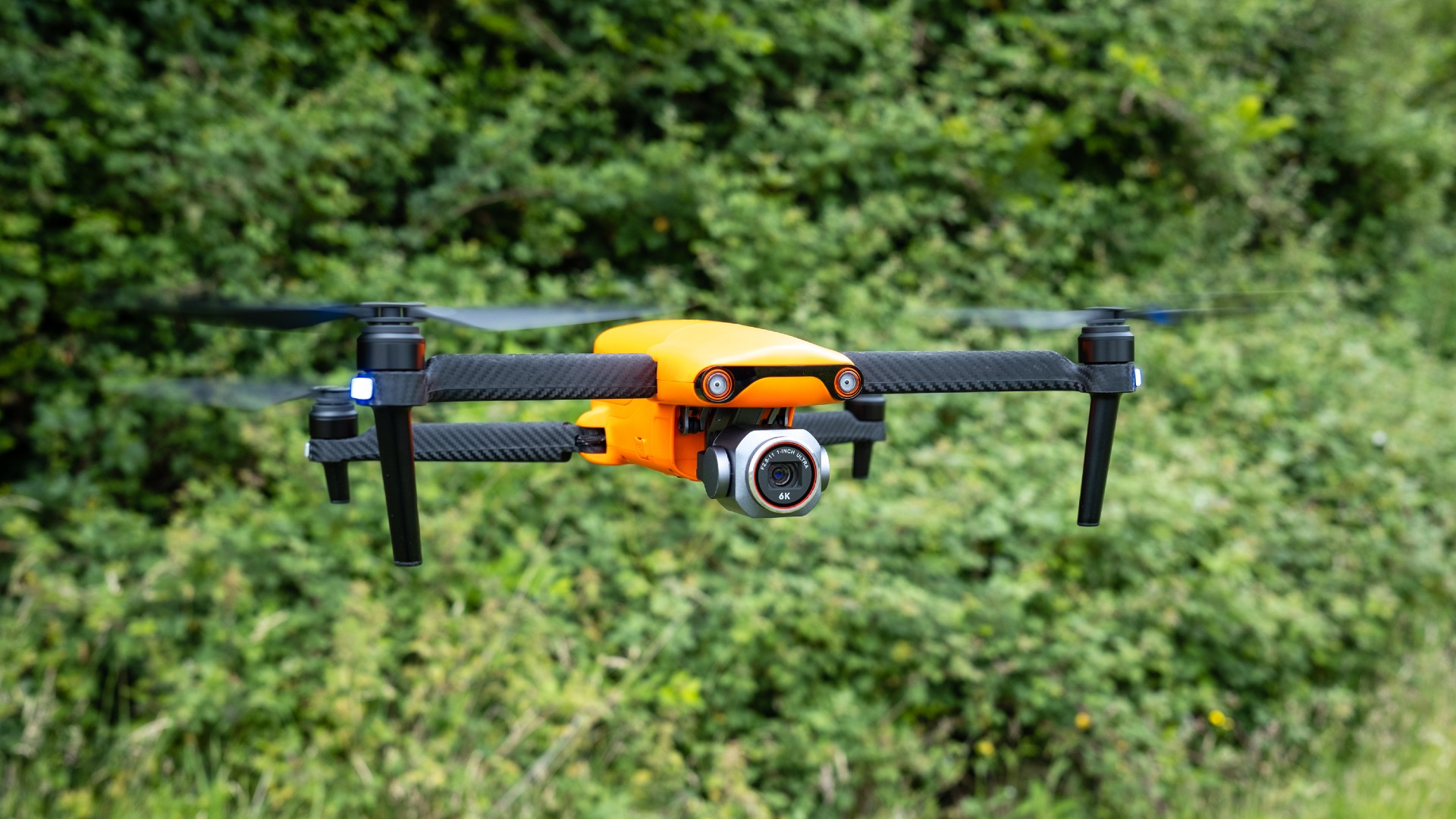
Drone deals 2025: The best deals available today
By Alexander Cox last updated
We've rounded up the best drone deals from a range of reputable retailers as top names are currently discounted.

When's the next 'parade of planets'? The past, present and future of planetary alignments
By Joe Rao published
Just how rare are planetary alignments?
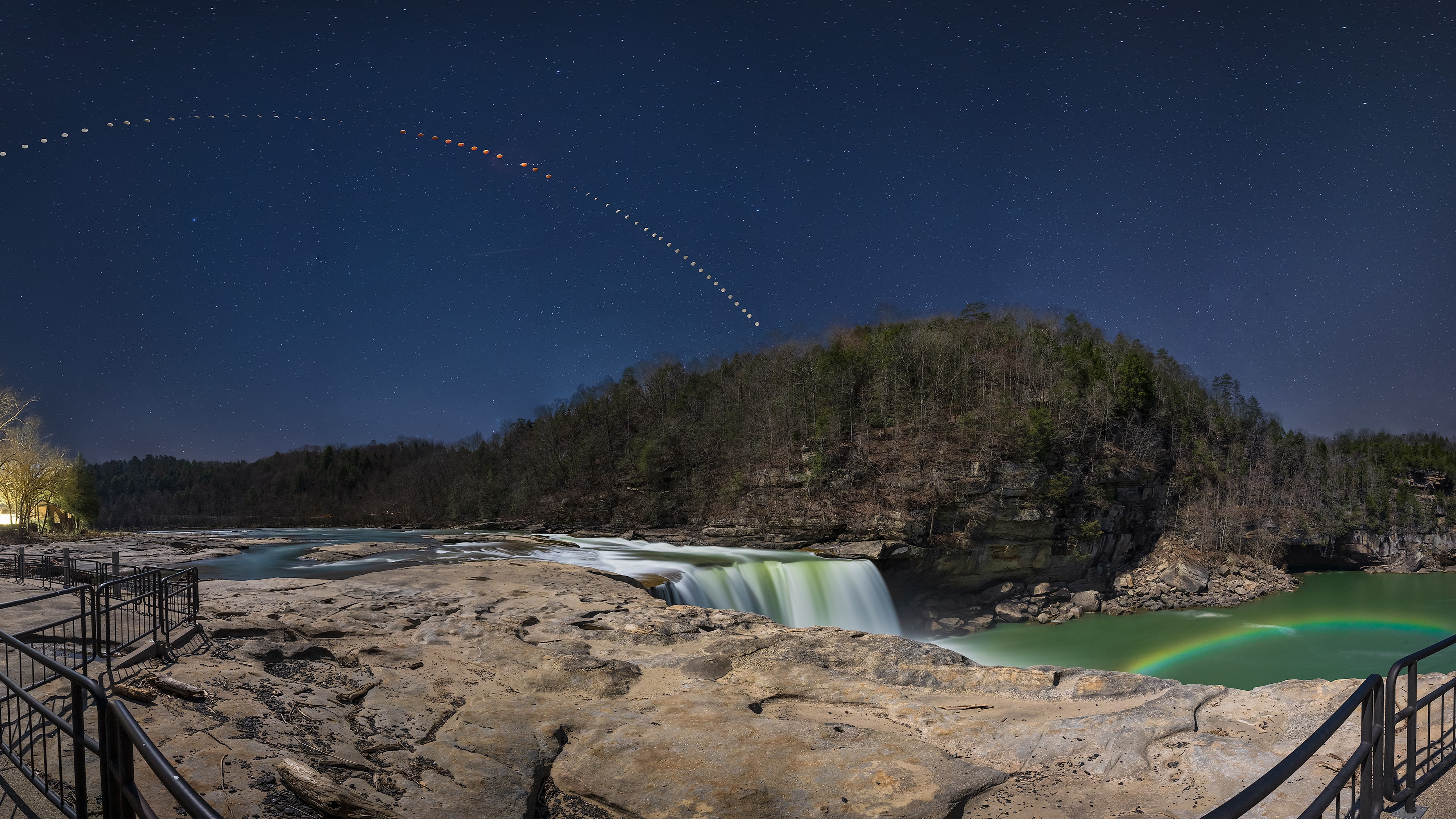
Rare moonbow shines below total lunar eclipse in stunning photo: 'This is definitely the first time I've tried something like this, but will not be the last'
By Daisy Dobrijevic published
"The respective sizes of the two arcs also create a great symbolic representation of the difference in scale between what we experience and deal with as humans on Earth and the vastness and grandeur of the scale of space and our closest neighbor"
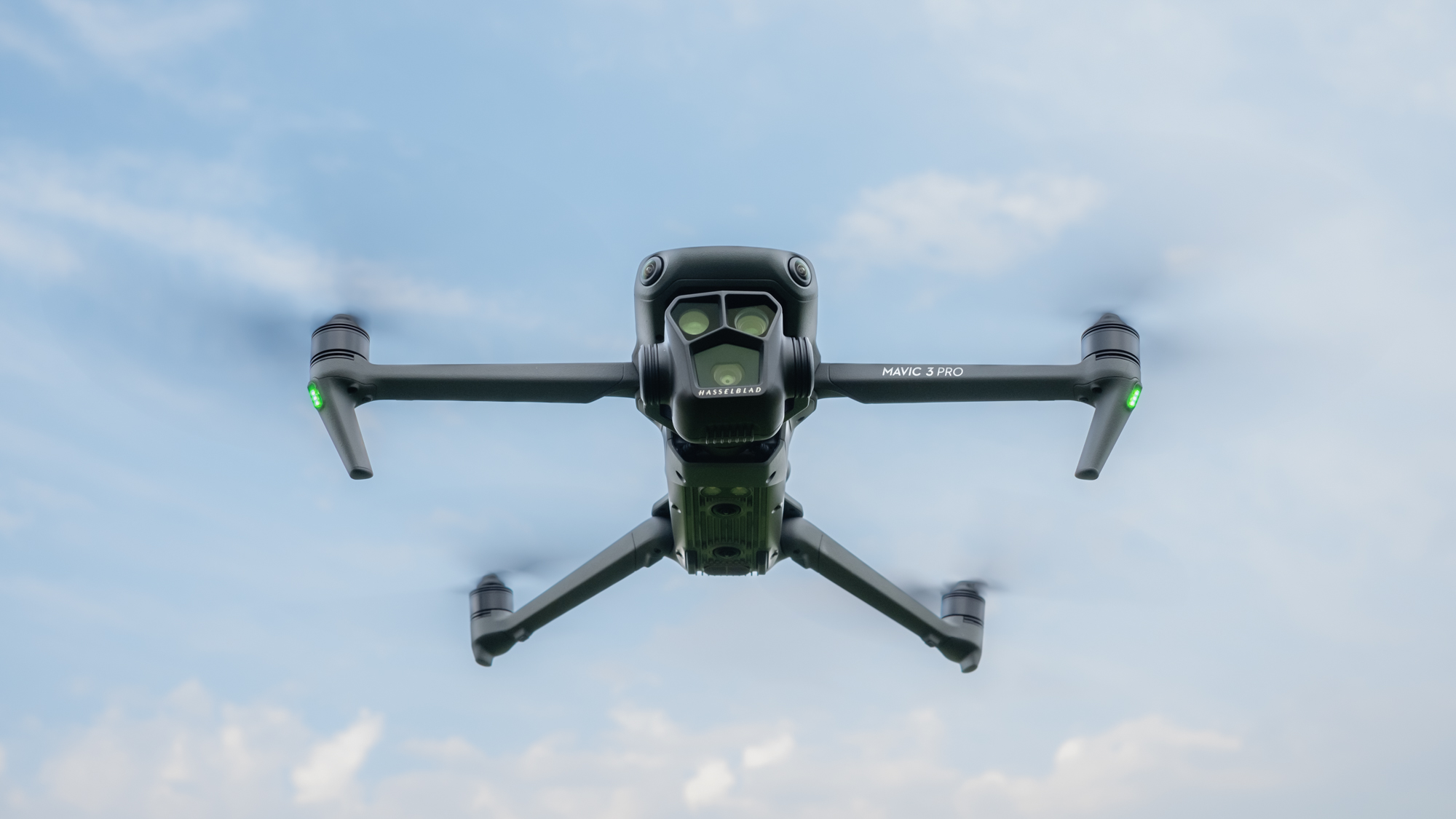
Best camera drones 2025: Take your aerial photos and videos to the next level
By James Abbott last updated
Buying guide The best camera drones come in various designs, but they all share the best image-capture capabilities.

Best drones 2025: Discover the ultimate drones
By James Abbott last updated
These are the best drones on the market, with camera and flight performance that will impress even the most demanding pilots — and there are great deals to be had this Black Friday.
Get the Space.com Newsletter
Breaking space news, the latest updates on rocket launches, skywatching events and more!
